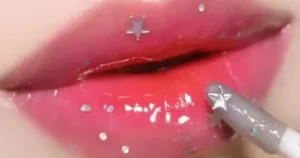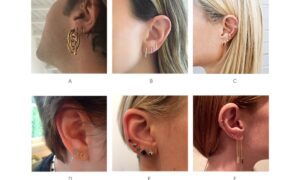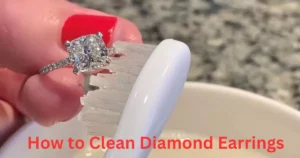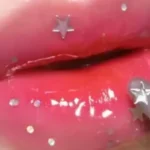Perming and bleaching are two popular chemical hair treatments that can dramatically change your hair’s texture and color. While they can achieve stunning results, combining these processes requires careful consideration to avoid excessive damage. In this comprehensive guide, we’ll explore the intricacies of perming bleached hair, addressing safety concerns, preparation steps, and best practices.
Is It Safe to Bleach Permed Hair?
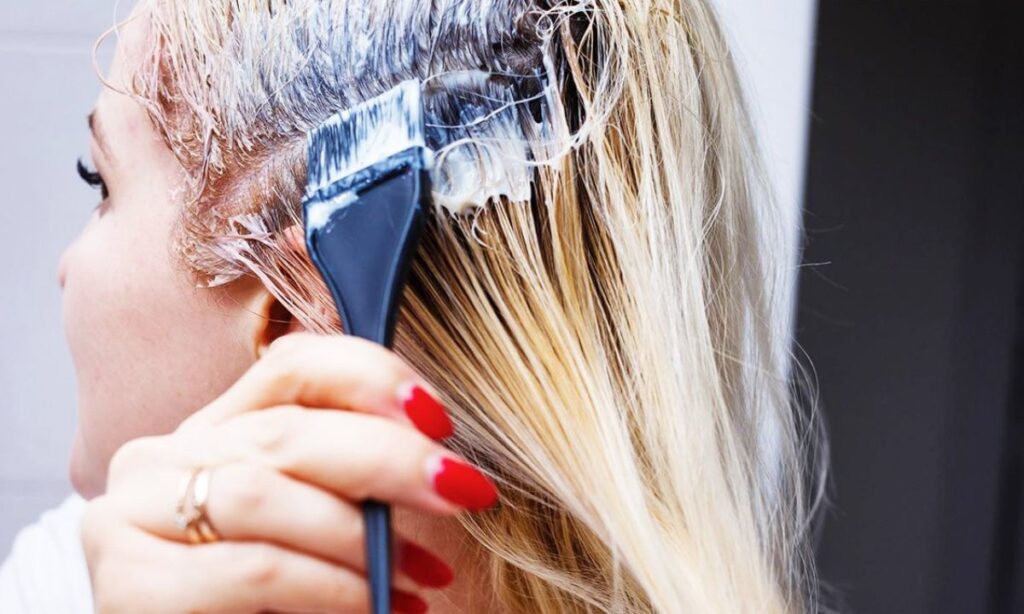
The short answer is – it’s generally not recommended to bleach permed hair. Perming and bleaching are both harsh chemical processes that can compromise the structural integrity of your hair. Perming involves breaking and reforming the disulfide bonds in your hair to create a new shape, while bleaching strips away the natural pigment, making the hair shaft more porous and fragile.
When you bleach permed hair, you’re subjecting it to a double whammy of chemical treatments, which can lead to excessive dryness, breakage, and even hair loss in severe cases. However, with proper precautions and professional guidance, it may be possible to bleach permed hair safely, but the risks are higher.
How Does a Perming Solution Work?
To understand the potential risks of bleaching permed hair, it’s essential to grasp how perming solutions work. Perming solutions typically contain two main components:
- Reducing Agent: This ingredient, often ammonium thioglycolate or glyceryl monothioglycolate, breaks down the disulfide bonds in your hair, allowing it to be reshaped.
- Oxidizing Agent: After the hair has been wound onto perm rods, this component, usually hydrogen peroxide or bromate, neutralizes the reducing agent and reforms the disulfide bonds, locking in the new curly or wavy shape.
During this process, the hair’s cuticle is lifted, making it more susceptible to damage from subsequent chemical treatments like bleaching.
The Science of Bleaching Hair

Bleaching is a process that involves using an oxidizing agent, typically hydrogen peroxide or persulfates, to remove the natural pigment (melanin) from your hair. This oxidation process breaks down the melanin molecules, stripping away the color and leaving the hair lighter or even white, depending on the volume of the bleach used and the length of the application.
Bleaching is a highly damaging process because it not only removes the pigment but also disrupts the hair’s protein structure, leaving it dry, brittle, and prone to breakage. The higher the volume of bleach and the longer it’s left on, the more damage it can cause.
Risks of Bleaching Permed Hair
When you bleach permed hair, you’re essentially subjecting it to two severe chemical treatments, which can amplify the potential for damage. The risks associated with bleaching permed hair include:
- Excessive Dryness: Both perming and bleaching can strip your hair of its natural oils and moisture, leading to extreme dryness, dullness, and a straw-like texture.
- Breakage: The combined stress of these chemical processes can weaken the hair shaft, causing it to snap and break off, especially toward the ends.
- Hair Loss: In severe cases, the damage can be so extensive that it leads to significant hair loss or even bald patches.
- Unpredictable Results: The interaction between the perming and bleaching chemicals can make the results unpredictable, leading to uneven color, unexpected tones, or even a complete loss of curl or wave pattern.
- Scalp Sensitivity: The chemicals used in both processes can irritate the scalp, causing redness, itching, or even chemical burns in some cases.
Prepping Your Permed Hair for Bleaching
If you absolutely must bleach your permed hair, proper preparation is crucial to minimizing damage. Here are some essential steps to take:
Deep Conditioning
Before bleaching, it’s essential to deep condition your permed hair thoroughly. Look for nourishing hair masks or treatments that contain proteins, ceramides, and other strengthening ingredients. This will help fortify the hair shaft and provide some protection against the harsh bleaching chemicals.
Avoid Heat Styling
In the weeks leading up to your bleaching appointment, avoid using hot tools like blow dryers, straighteners, or curling irons. The heat can further weaken and damage your already compromised permed hair, making it more susceptible to breakage during the bleaching process.
Running Strand Tests
It’s always a good idea to perform a strand test before bleaching your permed hair. This involves applying the bleach to a small, inconspicuous section of your hair and observing the results after the recommended processing time. This will give you an idea of how your hair will react to the bleach and help you adjust the formula or processing time if necessary.
How Long Should You Wait Before Bleaching Your Hair?
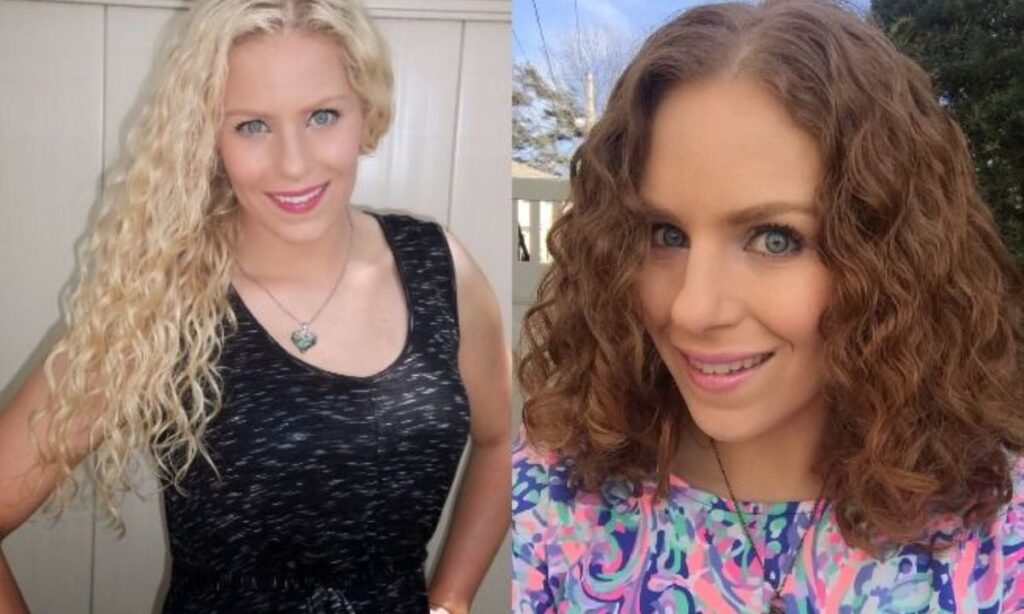
If you’ve recently gotten a perm, it’s best to wait at least four to six weeks before considering bleaching your hair. This waiting period allows the disulfide bonds in your hair to fully reform and stabilize after the perming process, reducing the risk of excessive damage from the bleach.
During this time, focus on deep conditioning and nourishing your hair to strengthen it before subjecting it to another chemical treatment.
Should you bleach your hair before or after a perm?
It’s generally recommended to bleach your hair before getting a perm, as bleaching after a perm can increase the risk of damage and unpredictable results. Bleaching first allows the perm solution to better penetrate and process through the lightened hair, resulting in a more even curl pattern.
Can you dye hair over a perm?
Yes, it is possible to dye permed hair, but it’s essential to wait at least two weeks after the perm before applying any hair color. This waiting period allows the perm to fully set and reduces the risk of the color processing unevenly or causing further damage.
When dyeing permed hair, it’s best to use a semi-permanent or demi-permanent hair color, as these are gentler and less damaging than permanent hair dyes. Additionally, always perform a strand test to ensure the color doesn’t react unexpectedly with the permed hair.
Conclusion
Bleaching and perming are both powerful chemical treatments that can dramatically transform your hair’s appearance. However, combining the two processes is an endeavor that should be approached with caution and care. While it may be possible to bleach permed hair with proper preparation and guidance from a skilled professional, the risks of excessive damage, breakage, and unpredictable results are significantly higher.
Ultimately, the decision to bleach permed hair should be weighed carefully, considering the potential consequences and whether the desired outcome is worth the potential compromise to your hair’s health and integrity. By prioritizing deep conditioning, minimizing heat exposure, and allowing sufficient time between chemical services, you can help mitigate some of the risks,
but it’s crucial to have realistic expectations and be prepared for the possibility of less-than-ideal results or even irreversible damage. When it comes to bleaching permed hair, erring on the side of caution and consulting with a trusted stylist is often the wisest approach.

